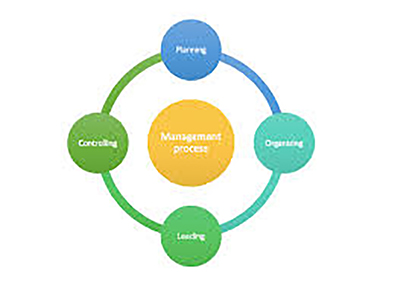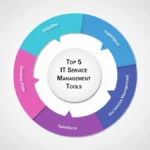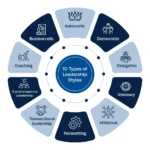The management process refers to the structured, person-centered sequence of actions taken by managers to influence employee behavior and align it with organizational objectives. It provides a systematic approach to leadership and encompasses multiple levels and areas of operation within a company.
Key Phases of the Management Process
The person-centered management process typically unfolds in the following phases:
-
Goal Setting – Defining clear, measurable objectives for individuals and teams.
-
Planning – Determining the path, resources, and timeline needed to reach goals.
-
Decision-Making – Selecting actions based on analysis, employee input, and strategic alignment.
-
Delegation – Assigning tasks and responsibilities to the right individuals.
-
Execution – Implementing plans while monitoring performance and engagement.
-
Control – Comparing actual outcomes with planned objectives and adjusting accordingly.
-
Feedback and Development – Reviewing results and using insights to guide employee development and improve future performance.
Vertical and Horizontal Perspectives
Vertical Perspective
This refers to person-centered leadership across hierarchical levels:
-
Individual Leadership – Direct leadership of one employee
-
Group Leadership – Managing small teams
-
Departmental Leadership – Leading entire departments
-
Overall Leadership – Strategic guidance of the entire workforce
Each level requires tailored communication, decision-making, and motivation strategies.
Horizontal Perspective
This focuses on management processes across business functions, such as:
-
Human Resources – Leadership during recruitment, onboarding, and development
-
Sales – Managing customer-facing teams to meet targets
-
Operations – Ensuring team efficiency and productivity in workflow execution
-
Finance – Leading financial planning and control teams
-
IT/Tech – Guiding tech teams on innovation and support tasks
This cross-functional leadership ensures organizational cohesion and effectiveness.
The Integrated View
Combining vertical and horizontal perspectives allows managers to lead strategically and operationally, adjusting their approach depending on scope and context. The person-centered management process ensures that leadership is not just about task completion but also about developing people, strengthening teams, and promoting long-term organizational health.
« Back to Glossary Index





![15 Employee Offboarding Templates That Save Hours of HR Time [Free Downloads] 15 Employee Offboarding Templates That Save Hours of HR Time [Free Downloads]](https://i1.wp.com/www.hrcloud.com/hubfs/Header.png?w=150&resize=150,100&ssl=1)
